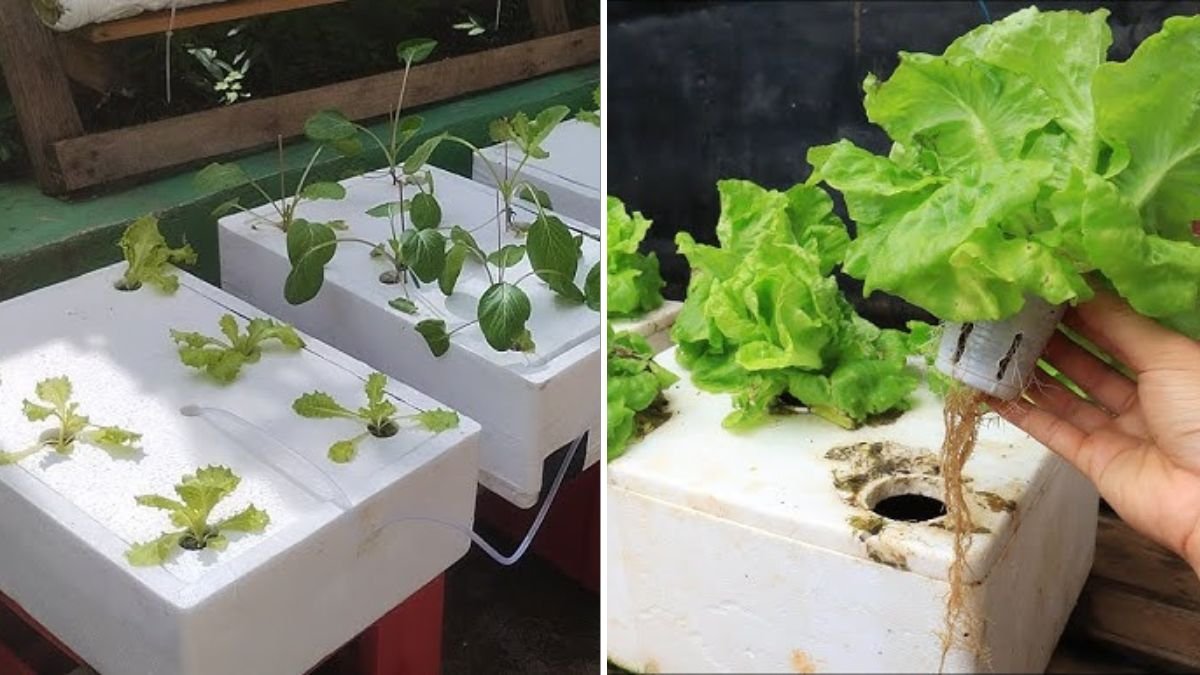There’s nothing quite like the crunch of fresh, homegrown lettuce in your salad bowl. Whether you prefer the buttery softness of Bibb lettuce, the crunch of romaine, or the tender frills of leaf varieties, lettuce is one of the easiest and most rewarding vegetables to grow right in your backyard or even on a sunny balcony.
In this complete guide, we’ll explore everything you need to know about how to grow lettuce at home, from choosing the right varieties to keeping your greens crisp and pest-free. Perfect for gardeners across the U.S., this guide will help you enjoy an endless supply of farm-fresh flavor from your own garden beds or containers.
Why Grow Lettuce at Home?
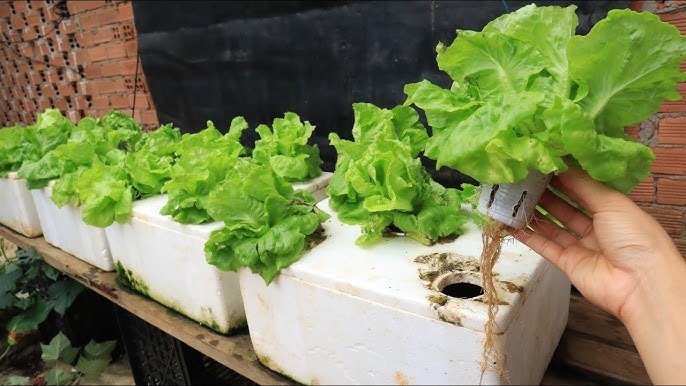
Lettuce is a cool-season crop, meaning it thrives in mild weather and grows quickly. From seed to harvest, most lettuce varieties mature in just 30 to 60 days. It’s perfect for spring and fall gardens, and even summer gardens if you choose heat-tolerant types.
Beyond its ease of growth, lettuce offers:
- Nutritional benefits: Rich in vitamins A, K, and folate, plus antioxidants that boost your immune system.
- Continuous harvest: Many types allow you to pick outer leaves while the plant keeps producing.
- Compact growth: You don’t need much space — a few pots or a small raised bed will do.
- Fresh taste: Store-bought lettuce can’t compare to the crispness of freshly picked leaves.
If you’ve been dreaming of making your own salads straight from the garden, lettuce is the perfect place to start.
Choosing the Right Lettuce Variety
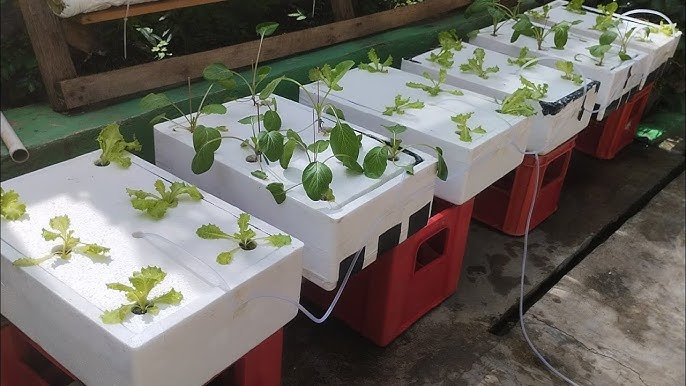
Before planting, it’s important to pick the right type of lettuce for your taste and climate. Here are the most popular varieties grown in American home gardens:
1. Leaf Lettuce
This is the easiest type for beginners. It doesn’t form a head — instead, it produces loose, tender leaves you can harvest as needed.
Popular varieties: ‘Black Seeded Simpson,’ ‘Red Sails,’ ‘Salad Bowl,’ ‘Oak Leaf.’
Best for: Quick harvests, cut-and-come-again growing.
2. Romaine (Cos) Lettuce
Tall, crisp, and full of flavor. Romaine tolerates more heat than most other lettuces.
Popular varieties: ‘Parris Island Cos,’ ‘Little Gem,’ ‘Valmaine.’
Best for: Caesar salads, sandwich toppings, and wraps.
3. Butterhead Lettuce
Soft, tender leaves that form small, loose heads. The flavor is delicate and buttery.
Popular varieties: ‘Bibb,’ ‘Buttercrunch,’ ‘Boston.’
Best for: Sandwiches and wraps; perfect texture for gourmet salads.
4. Crisphead Lettuce
This is the classic iceberg type you’ll find in supermarkets — cool-loving and crunchy.
Popular varieties: ‘Great Lakes,’ ‘Iceberg,’ ‘Summertime.’
Best for: Cooler climates or early spring/fall growing.
5. Batavia (Summer Crisp)
A cross between leaf and crisphead lettuce, Batavia types are slow to bolt and tolerate summer heat.
Popular varieties: ‘Sierra,’ ‘Nevada.’
Best for: Long growing seasons and warm climates.
Ideal Growing Conditions
Lettuce thrives when you mimic its favorite conditions: cool weather, moist soil, and filtered sunlight.
Temperature
- Ideal range: 45°F to 75°F.
- Lettuce bolts (goes to seed) when days become too hot, so spring and fall are best.
- In hotter states, plant in partial shade or use shade cloth during summer.
Light
- At least 6 hours of sunlight daily for compact, healthy growth.
- In warmer regions, light afternoon shade helps prevent leaf scorch.
Soil
- Loose, rich, and well-draining soil is key.
- Aim for pH between 6.0 and 7.0.
- Add compost or aged manure to boost nutrients before planting.
Water
Lettuce has shallow roots and dries out quickly. Keep soil consistently moist, not soggy.
Pro tip: Mulch around your plants to retain moisture and regulate soil temperature.
How to Plant Lettuce (Step-by-Step)
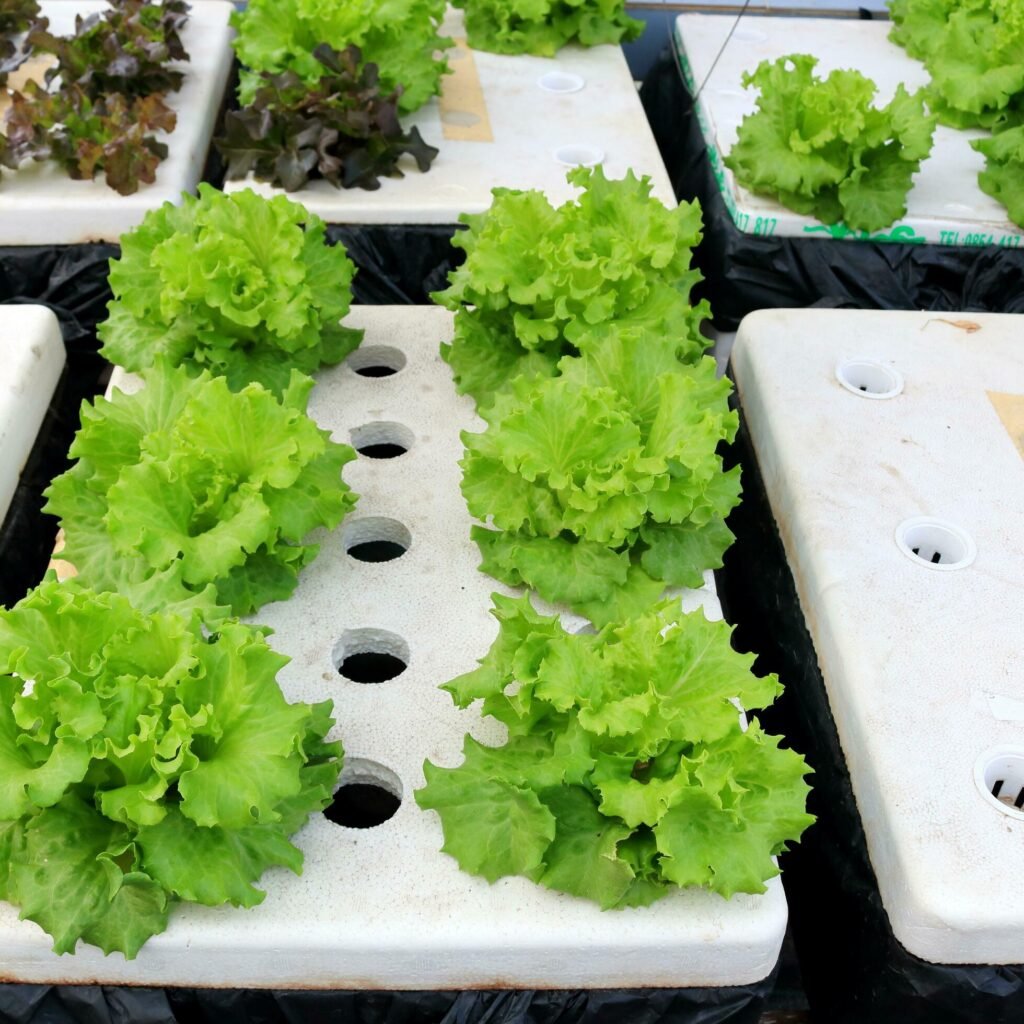
Lettuce is simple to plant whether you’re growing in garden beds, containers, or hydroponic setups.
1. Start with Seeds
You can direct sow lettuce seeds outdoors or start them indoors for an early start.
- Sow depth: ¼ inch deep
- Spacing: 6–12 inches apart, depending on variety
- Germination: Usually 7–10 days
If you’re growing indoors, start seeds in biodegradable pots or seed trays 3–4 weeks before transplanting outside.
2. Transplant or Thin
Once seedlings are 2–3 inches tall, thin them out so they have room to grow. Crowded lettuce leads to small, stunted heads.
Keep the healthiest plants and remove the weaker ones.
3. Feed and Water
Feed with a balanced organic fertilizer (such as 10-10-10) every few weeks, or side-dress with compost tea.
Maintain even moisture — lettuce becomes bitter when stressed by dryness.
4. Mulch and Protect
Apply straw, leaves, or shredded bark around the base of your lettuce to keep soil cool and moist.
Protect from slugs and snails by using crushed eggshells or organic slug traps.
Harvesting Lettuce the Right Way
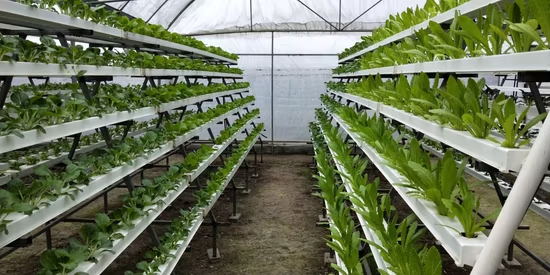
The best part of growing lettuce? Harvest time comes fast — usually within 30 to 60 days of planting.
There are two main harvesting methods:
Cut-and-Come-Again
Perfect for leaf lettuces. Simply snip the outer leaves about an inch above the base, leaving the center to keep producing. You’ll get multiple harvests from one plant.
Full-Head Harvest
For head-forming varieties (like butterhead or romaine), cut the whole plant at the base once it’s fully grown and before it bolts (flowers).
If temperatures rise, harvest early to avoid bitterness.
To keep your harvest fresh, wash gently in cool water, dry, and store in the refrigerator with a damp paper towel to maintain crispness.
Common Lettuce Pests and How to Manage Them
Even the healthiest lettuce gardens can attract pests. Here’s how to keep your greens safe naturally:
| Pest | Symptoms | Natural Solution |
|---|---|---|
| Aphids | Curling or sticky leaves | Spray with neem oil or soapy water |
| Slugs & snails | Holes in leaves | Use beer traps or crushed eggshells |
| Leaf miners | Tunnels in leaves | Remove affected leaves early |
| Cutworms | Seedling damage | Place collars around young plants |
| Whiteflies | Wilting, pale leaves | Use yellow sticky traps or garlic spray |
Avoid chemical pesticides — lettuce is a crop you eat raw, so organic methods are safest.
Growing Lettuce in Containers
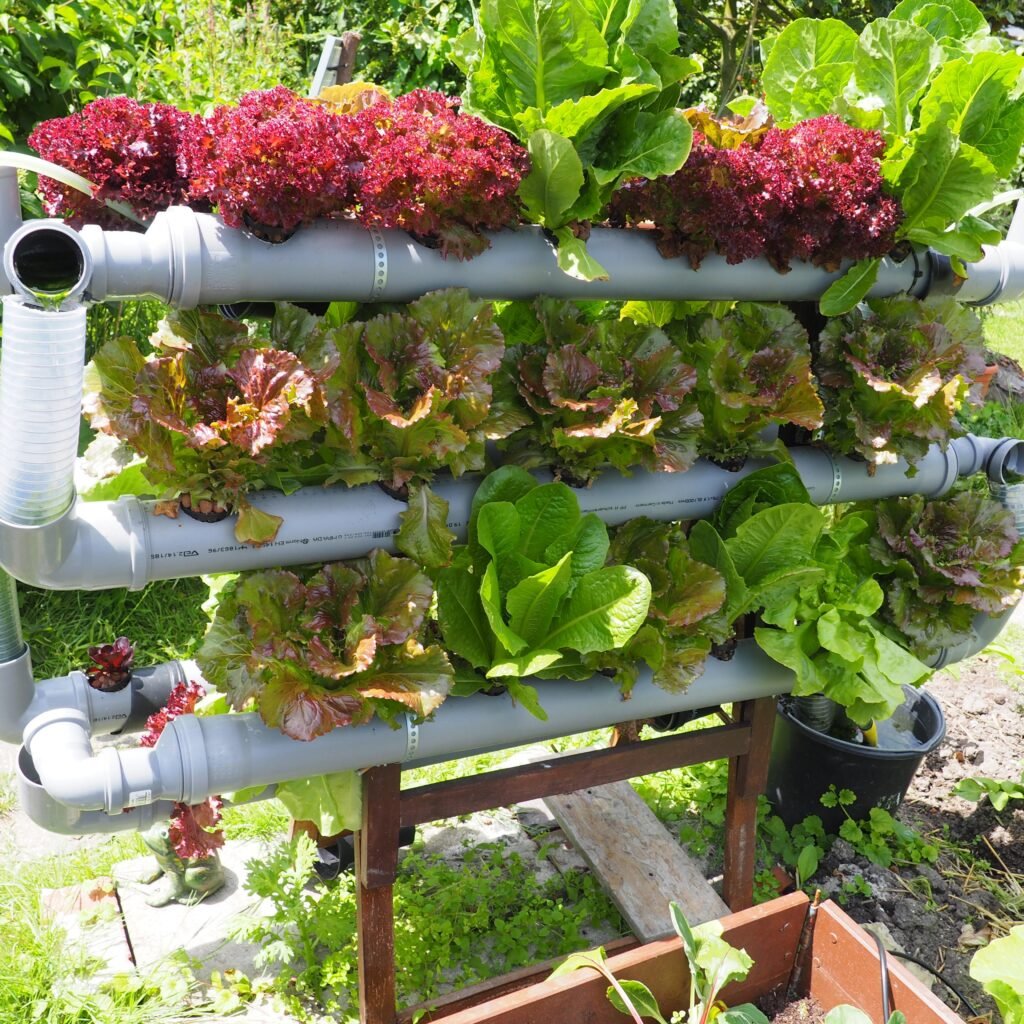
If you don’t have garden space, lettuce grows beautifully in pots, window boxes, or raised beds.
Here’s how:
- Choose containers at least 6 inches deep.
- Fill with well-draining potting mix enriched with compost.
- Sow seeds directly and thin them once they sprout.
- Keep pots in a cool, bright location with partial shade in hot weather.
Bonus: Container-grown lettuce is easier to protect from pests and can be moved to follow the shade.
Companion Planting Tips
Lettuce loves company — especially plants that repel pests or provide shade. Try these combinations:
Good companions:
- Carrots
- Radishes
- Beets
- Onions
- Garlic
- Marigolds
- Cucumbers
Avoid planting with:
- Parsley
- Celery
- Cabbage (they compete for space and nutrients)
Health Benefits of Fresh Lettuce
Freshly picked lettuce isn’t just delicious — it’s also packed with nutrients.
Here’s what it brings to your plate:
- Hydration: 95% water helps keep you refreshed.
- Low-calorie nutrition: Great for weight loss and healthy eating.
- Rich in fiber: Aids digestion.
- Vitamin A & K: Support eye health and blood clotting.
- Antioxidants: Fight inflammation and boost immunity.
Whether you’re making a simple green salad or adding lettuce to tacos, sandwiches, or wraps, it’s a versatile and healthy choice for every meal.
Pro Tips for Lettuce Success
- Succession plant every 2 weeks for a constant supply.
- Harvest early in the morning for the crispest leaves.
- Use shade cloth in summer to prevent bolting.
- Try hydroponic lettuce indoors for year-round greens.
- Keep soil moist but never soggy — lettuce hates dry roots.
Final Thoughts: Fresh Flavor Starts in Your Backyard
Lettuce is one of the most rewarding crops for home gardeners — quick to grow, easy to maintain, and endlessly versatile in the kitchen. With just a little care and attention, you can enjoy a constant harvest of fresh, crisp, and nutrient-rich greens straight from your garden.
So grab a packet of seeds, find a sunny spot, and start growing your own lettuce today. Your salads, sandwiches, and wraps will never taste the same again!
